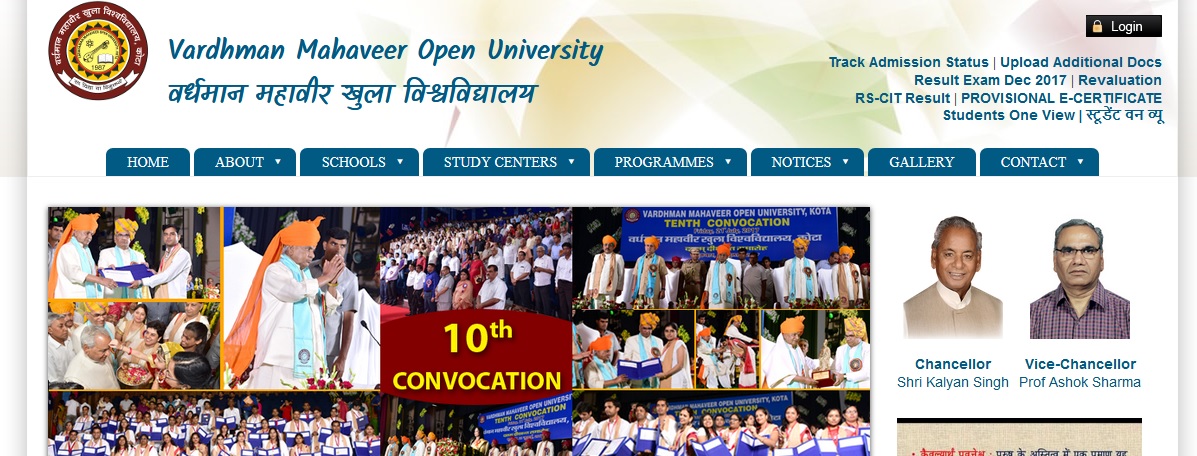Wireless Communications & Networks M.Tech Question Paper : vardhaman.org
College : Vardhaman College Of Engineering
Degree : M.Tech
Semester : II
Subject :Wireless Communications & Networks
Document type : Question Paper
Website : vardhaman.org
Download Previous / Old Question Papers :
July – 2014 :https://www.pdfquestion.in/uploads/vardhaman.org/6446-MT2RJULY14.pdf
Jan. – 2014 : https://www.pdfquestion.in/uploads/vardhaman.org/6446-MT2SJAN-14.pdf
Wireless Communications & Networks Question Paper :
Date : 09 July, 2014
Time: 3 hours
Max Marks: 60
Answer any Five Questions.
All Questions carries equal marks.
Related : Vardhaman College Of Engineering Advanced Mechanisms M.Tech Question Paper : www.pdfquestion.in/6442.html
All parts of the question must be answered in one place only.
1. a) Explain the Cellular concept in Mobile Communication and illustrate with necessary expressions how the frequency reuse helps in increasing its capacity. 6M
b) What are adjacent and co-channel interferences? Show that co-channel Interference of 18db can be achieved with 7 cell cluster. 6M

2. a) What is FDMA? Explain the different features of FDMA. 6M
b) Explain the differences between PURE and Slotted ALOHA. Determine the maximum throughput that can be achieved in slotted ALOHA protocols. 6M
3. a) Explain the first generation cellular radio network with a neat figure showing its block diagram. 6M
b) Discuss the features of X.25 and explain the hierarchy of X.25 protocols in the OSI model with a neat figure. 6M
4. a) Explain the features, services and working of Cellular Digital Packet Data with a neat figure of the CDPD network. 6M
b) Explain the different layers of the SS7 protocol architecture with a neat figure along with the comparison of the OSI Network model and SS7 protocol standard. 6M
5. a) Illustrate the operation of Mobile IP with a neat figure of Mobile IP scenario. 6M
b) Explain the different client components of WAE (Wireless Application Environment) and discuss the different services of Wireless Session protocol. 6M
6. a) Describe the advantages, drawbacks, and the various transmission techniques of Infrared LANs. 6M
b) Explain the IEEE 802.11 architecture with a neat figure and discuss its services. 6M
7. a) List and describe the different usage models of Bluetooth. 6M
b) Explain the operation of a Piconet in terms of the different states of operation with a neat figure of Bluetooth state transition diagram. 6M
8. a) What is Mobile Data? Show the classification of Mobile Data Networks. 6M
b) What is SMS? Describe the different services, Reference and Layered protocol architecture for SMS with a neat figure. 6M
WIRELESS COMMUNICATIONS AND NETWORKS
(Common to Digital Electronics and Communication Systems &
Wireless and Mobile Communications)
Date : 06 February, 2014
Time : 3 Hours
Max. Marks : 60
Answer any FIVE Questions.
All Questions carry equal marks
All parts of the question must be answered in one place only
1. a) With necessary electrical specifications, explain evolution of wireless systems. 6M
b) Total 33 MHz bandwidth allocated to a FDD cellular system which uses 25KHz simplex channels to provide full duplex voice and control channels. Find the number of channels available per cell if a system uses:
i. 4-Cell reuse
ii. 7-Cell reuse
If 1MHz of the allocated spectrum is dedicated to control channels, find an equitable distribution of control channels and voice channels. 6M
2. a) Explain the important features of FDMA with frame efficiency. 8M
b) If GSM uses a frame structure where each frame consists of eight time slots and each time slot contains 156.25 bits and data is transmitted at 270.833kbps in the channel.
Find:
i. Time duration of a bit.
ii. Time duration of slot
iii. Time duration of a frame
iv. How long must a user occupying a single time slot wait between two successive transmission frames? 4M
3. a) Explain the mechanism of traffic routing in wireless networks. 6M
b) What is X.25 protocol? Explain with a neat diagram. 6M
4. a) With a neat block diagram, explain CDPD network. 8M
b) What is SS-7? Give the network services part and user part of SS-7. 4M
5. a) Give the format for mobile IP agent advertisement message and describe each field in detail. 8M
b) What is WTP? What are the transaction classes provided by WTP that may be invoked by WSP or another higher-layer protocol. 4M
6. a) Discuss in detail the three alternative transmission techniques commonly used for IR data transmission. 6M
b) Describe the two types of authentication provided by IEEE 802.11. 6M
7. a) Explain the following for blue tooth technology:
i. Radio specification
ii. Baseband specification
iii. Links manager specification 8M
b) Write a note on “WLL technology”. 4M
8. a) Explain the process of short messaging service in GSM. 6M
b) Explain how GPRS supports higher data rates and mobility. 6M